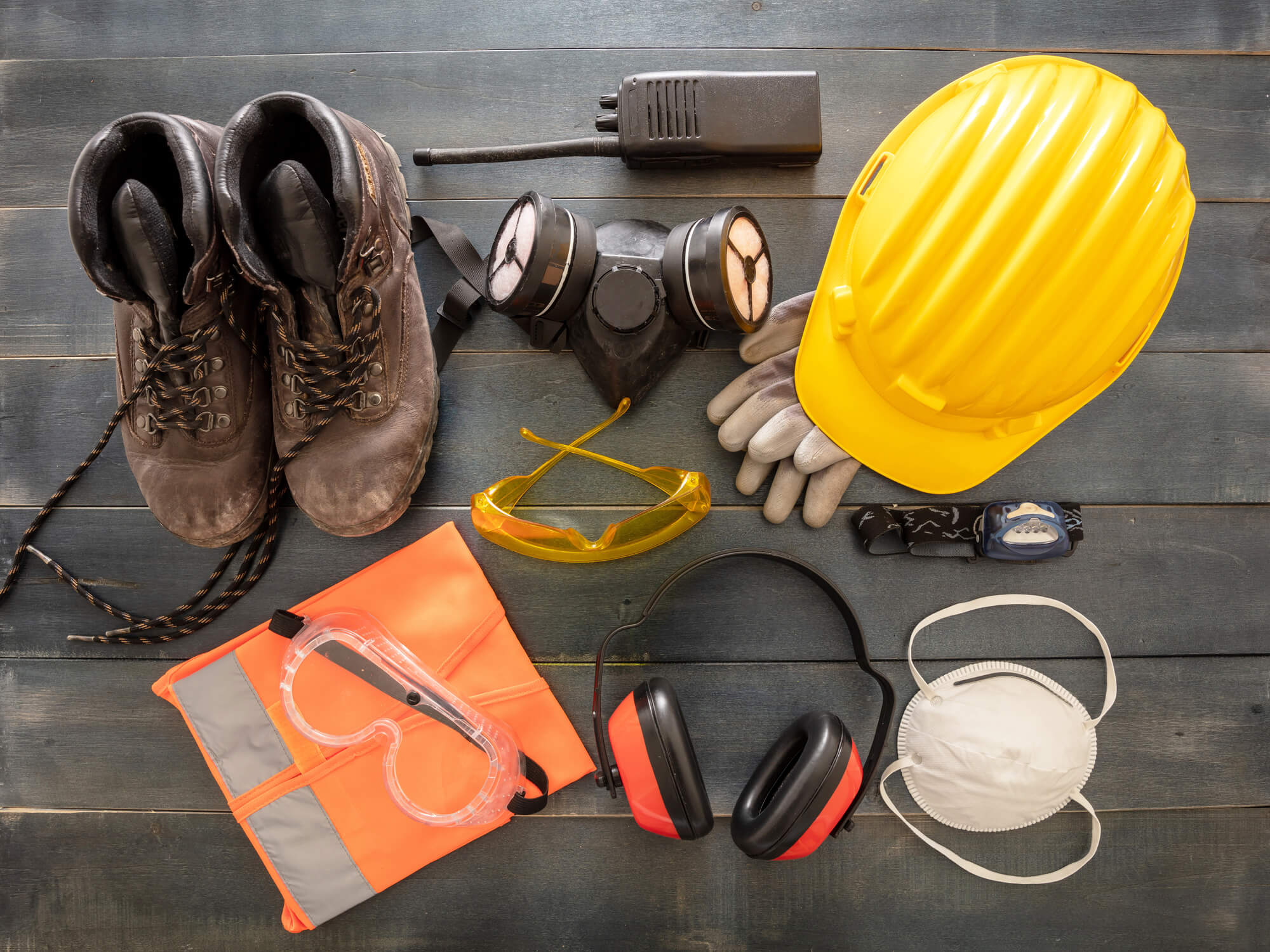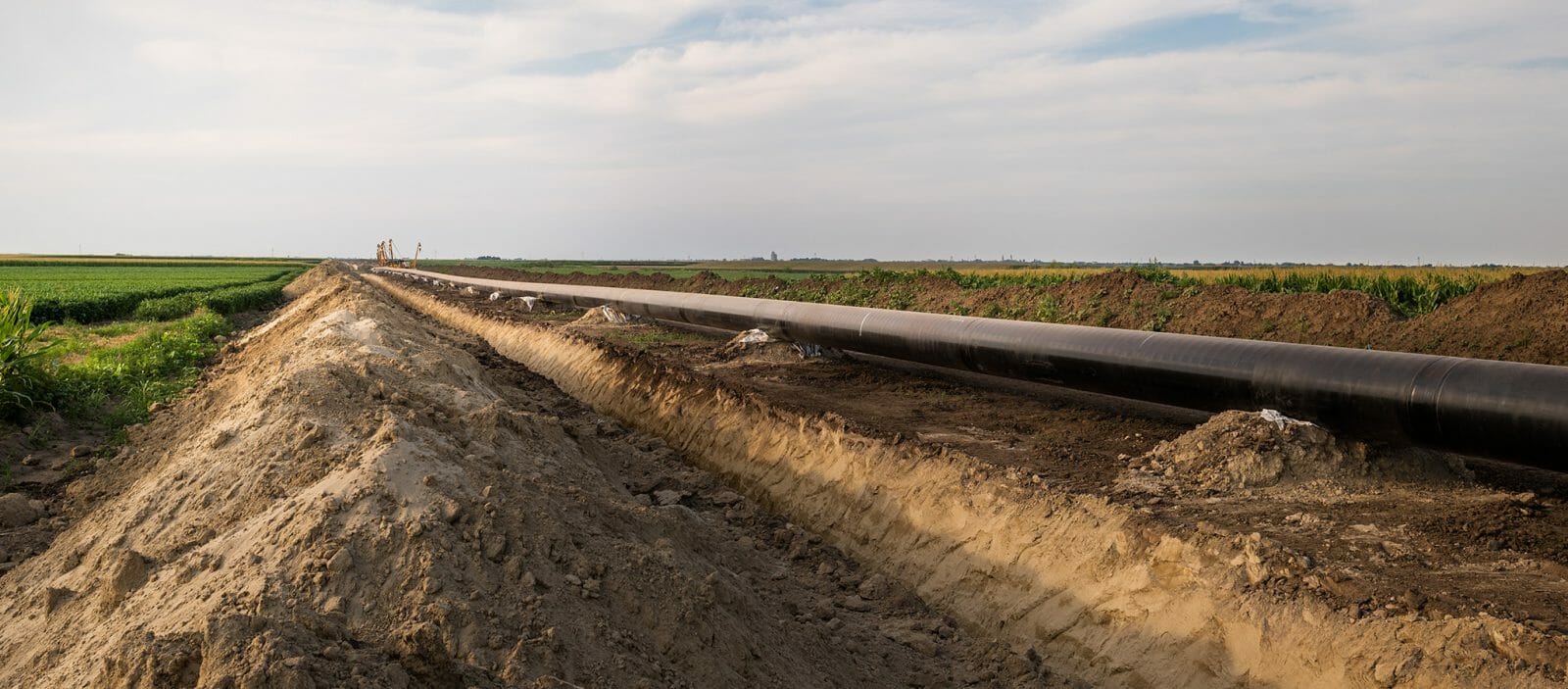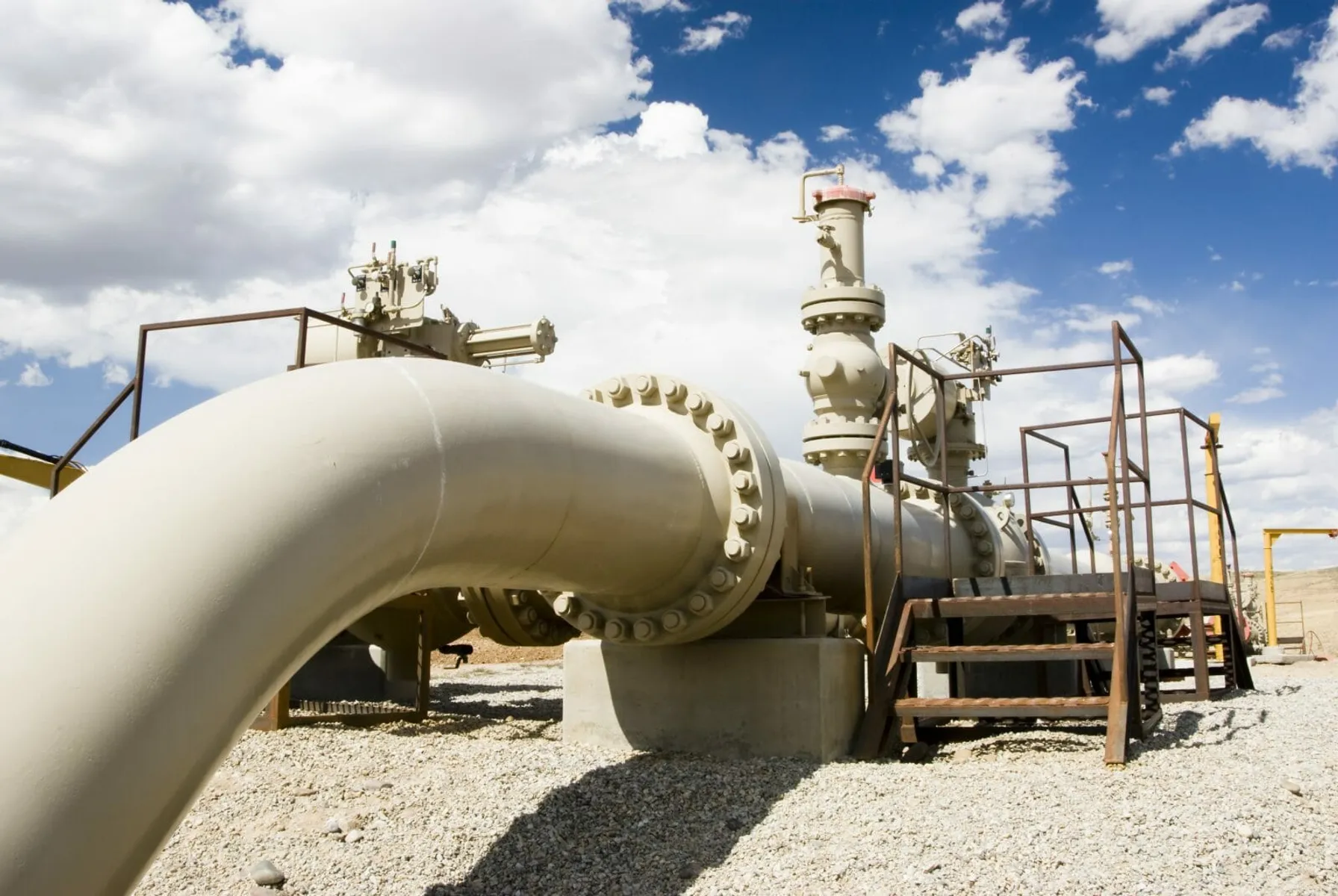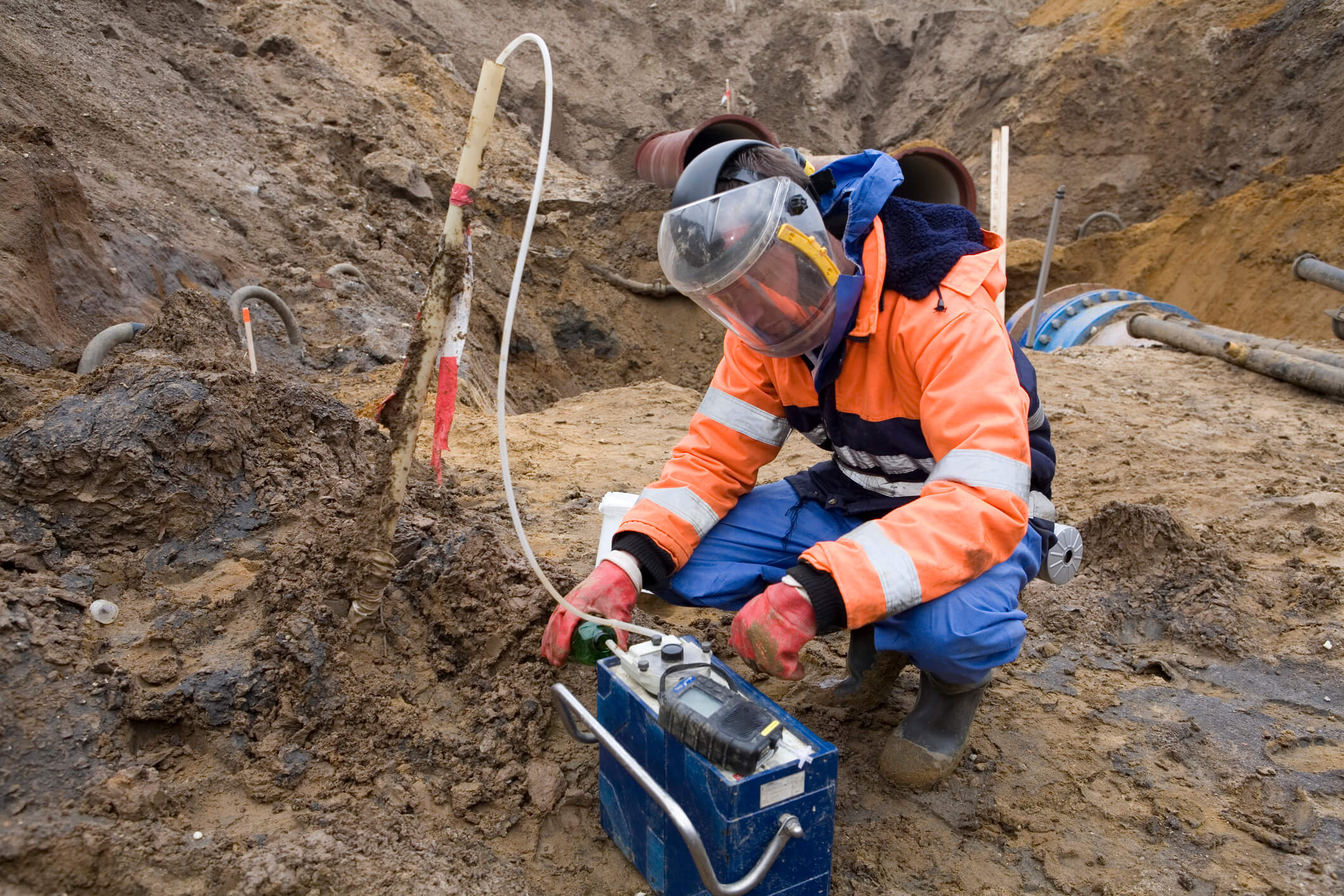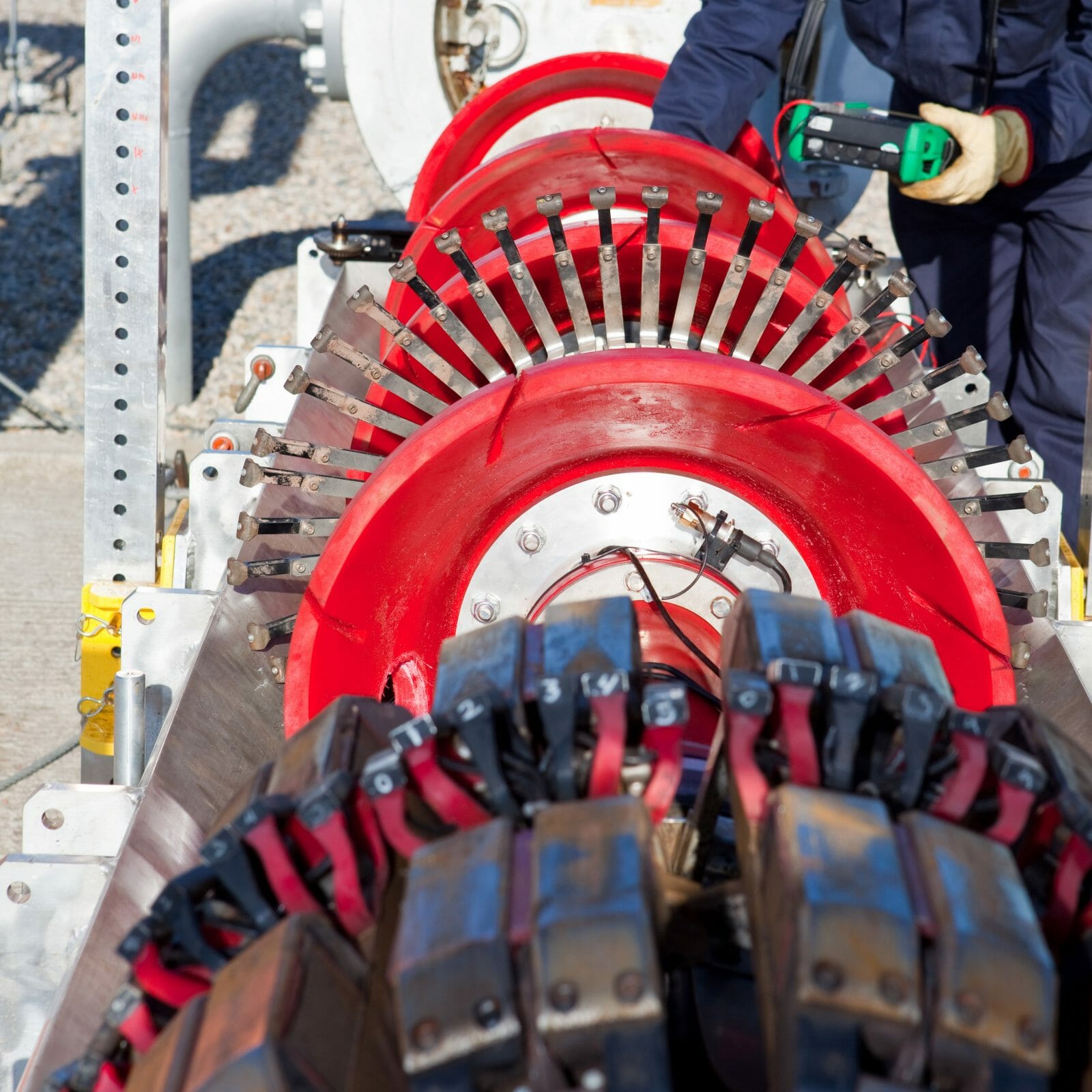September 30, 2021

The Occupational Safety and Health Administration (OSHA) is authorized by the Occupational Safety and Health Act of 1970 (OSH Act) to assure employers provide safe and healthful work conditions free of recognized hazards and by setting and enforcing standards and providing training, outreach, education and technical assistance. OSHA has recently published a call for comment regarding mechanical power presses. The reason behind OSHA’s request is that the American National Standards Institute (ANSI) consensus standard for mechanical power presses has been updated numerous times since the implementation of OSHA’s standard. OSHA wants to know from those invested in the use of mechanical power presses if they should update their standard and how closely it should follow the current ANSI consensus standard. They also want to know what types of presses should be covered by the standard, training, injury reporting and many other topics.
Background
In the early 1970’s, OSHA promulgated a “machine specific regulation” for mechanical power presses, found in 29 CFR Subpart O, 1910.217. Since the development of this standard, very few changes have been made. OSHA’s 1910.217 Regulation was built on information obtained from ANSI B11.1 using a version that was updated for OSHA in 1971. Since 1971, ANSI has updated their B11.1 multiple times, but OSHA has not updated the mechanical power press standard at an equal pace. Every update ANSI makes adds new, more stringent requirements than the previous version, and the most recent update was made in 2020.
Mechanical power presses require that guards and/or devices be in place to reduce or eliminate exposure to hazards at the “point of operation”. The point of operation is where the press dies, or the mechanical part that comes together to form the material, closes. The standard also includes minimum distances from point of operation and maximum width of an opening. These are all intended to ensure that an employee cannot accidentally come into contact with the point of operation causing potentially life altering injuries. Awareness barriers often utilize chains, railing or cables to completely surround the equipment in an effort to stop employees from intentionally or accidentally walking into the hazard area. Light curtains came to be in the mid-1950s and consist of a mounted transmitter and receiver using an infra-red light that would create a sensing field. Crossing this field would stop machinery from operating. Two-hand controls are controls that require the operator to maintain two hands on the equipment in a safe location while in motion or operation.
Another important part from the standard that we need to understand has to do with reporting of injuries related to the operation of a mechanical power press. Most safety professionals know all too well the requirements to record work-related illness and injuries on the OSHA 300 form and the requirement for the reporting of fatalities and multiple hospitalizations to OSHA. However, not all are familiar with the fact that OSHA also requires that businesses report an occurrence related to a point of operation injury of an employee within 30 days of the incident. Many safety professionals often overlook or do not fully understand these OSHA reporting requirements related to the mechanical power press.
Who Is Affected?
The release date of the request for comments on the mechanical power presses was July 28, 2021. The agency is requesting public input as they consider updating the standard. OSHA wants to know how they should align with the ANSI B11.1 standard, the types of presses that should be covered, use and certification of equipment, presence-sensing device systems, as well as requirements for modifications, training and injury reporting. Any feedback given to OSHA will play into if the standard is updated, and to what extent. Comments are due by October 26, 2021 and can be submitted electronically at http://www.regulations.gov.
TRC encourages you to look at the current standard and how any changes, no matter how big or small, could impact your operations. It is important to voice your opinion as OSHA will take into account how the changes may impact business operations. If you agree that OSHA needs to update the standard to come into alignment with current technology and ANSI mechanical press issues, you should take the time to give feedback to OSHA. If you think that the current requirements within the ANSI standard are too limiting, but could see other potential benefits, you should also address that during the call for comments. It is important that businesses who will be impacted by the potential changes take the opportunity to comment to OSHA before the upcoming deadline.
Resources
 OSHA 29 CFR 1910.217
OSHA 29 CFR 1910.217
Published October 19, 2024
 OSHA Mechanical Power Press Injury Report Form
OSHA Mechanical Power Press Injury Report Form
Published March 31, 2024
 OSHA 29 CFR 1910.217
OSHA 29 CFR 1910.217
Published

How TRC Can Help:
The TRC team is here to help you navigate the current regulations and what the proposed changes could mean to your business operations. Our experienced team can also guide you about the best ways to provide for the safe operation of mechanical power presses.
TRC’s experienced safety professionals and industrial hygienists are here to help with OSHA audit preparation and all other health and safety compliance needs. Our skilled team can provide on-site audits which may include a thorough site visit, observing worker activities, conducting employee interviews and records review. We also offer remote and hybrid audits utilizing mobile applications and audit links.
To learn more about how TRC can help please contact Brian Godfrey at bgodfrey@trccompanies.com.
Embrace The Shift
Partner With TRC’s Tested Practitioners
Sharing Our Perspectives
Our practitioners share their insights and perspectives on the trends and challenges shaping the market.
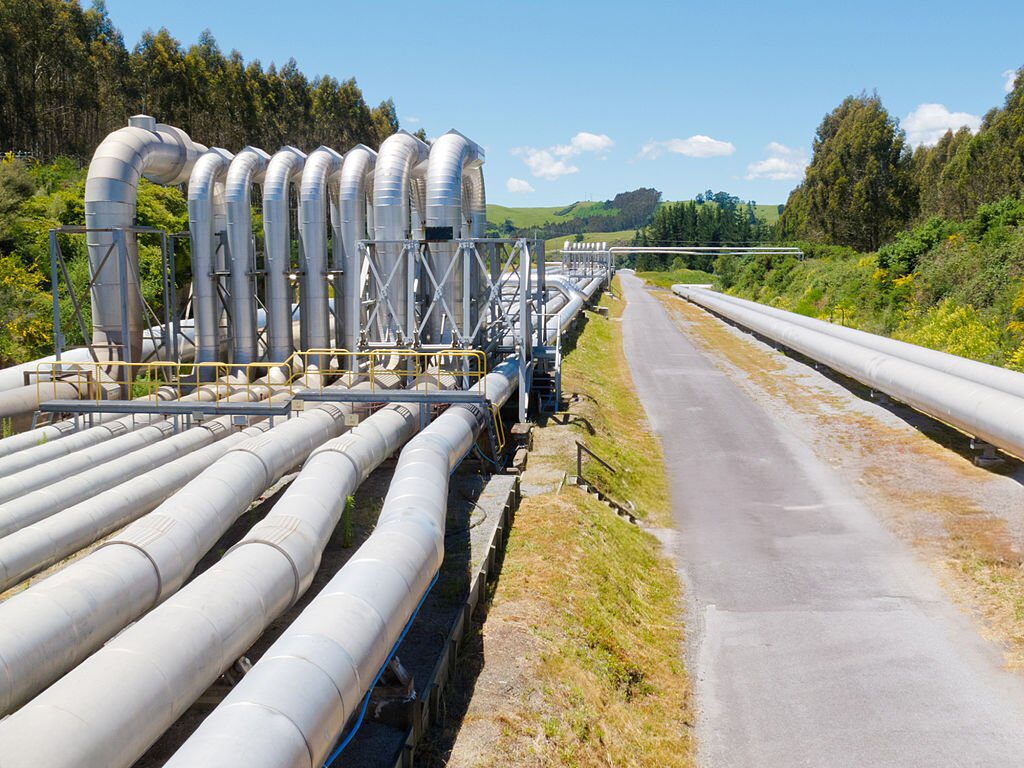
The What, Why and How of Distribution Integrity Management Programs (DIMP)
May 12, 2025
Around the world, resiliency matters more than ever for utilities. Consider this—In 2024, the U.S. experienced 27 separate billion-dollar weather and climate disasters, the second-highest number on record.

Budgeting to Quality: Construction Project Mistakes & How to Fix Them
April 9, 2025
Managing a construction project is a challenging job that involves careful planning, coordination and problem-solving. Small mistakes cause delays, increase costs, or create safety issues. Learn more about how to avoid some of the most common mistakes in construction management so your projects stay on track and within budget.

PHMSA Bulletin Outlines New Safety Management Advice
March 28, 2025
Cybersecurity threats to the Bulk Electric System (BES) are escalating, with attackers continuously evolving their tactics to target critical infrastructure.

The Power of Precision: Quality Control Tactics for Utility Construction Success
February 14, 2025
In today’s digital age, data centers form the backbone of cloud computing, artificial intelligence and the vast array of digital services we rely on daily. As the demand for data centers rises, companies are racing to expand these facilities.
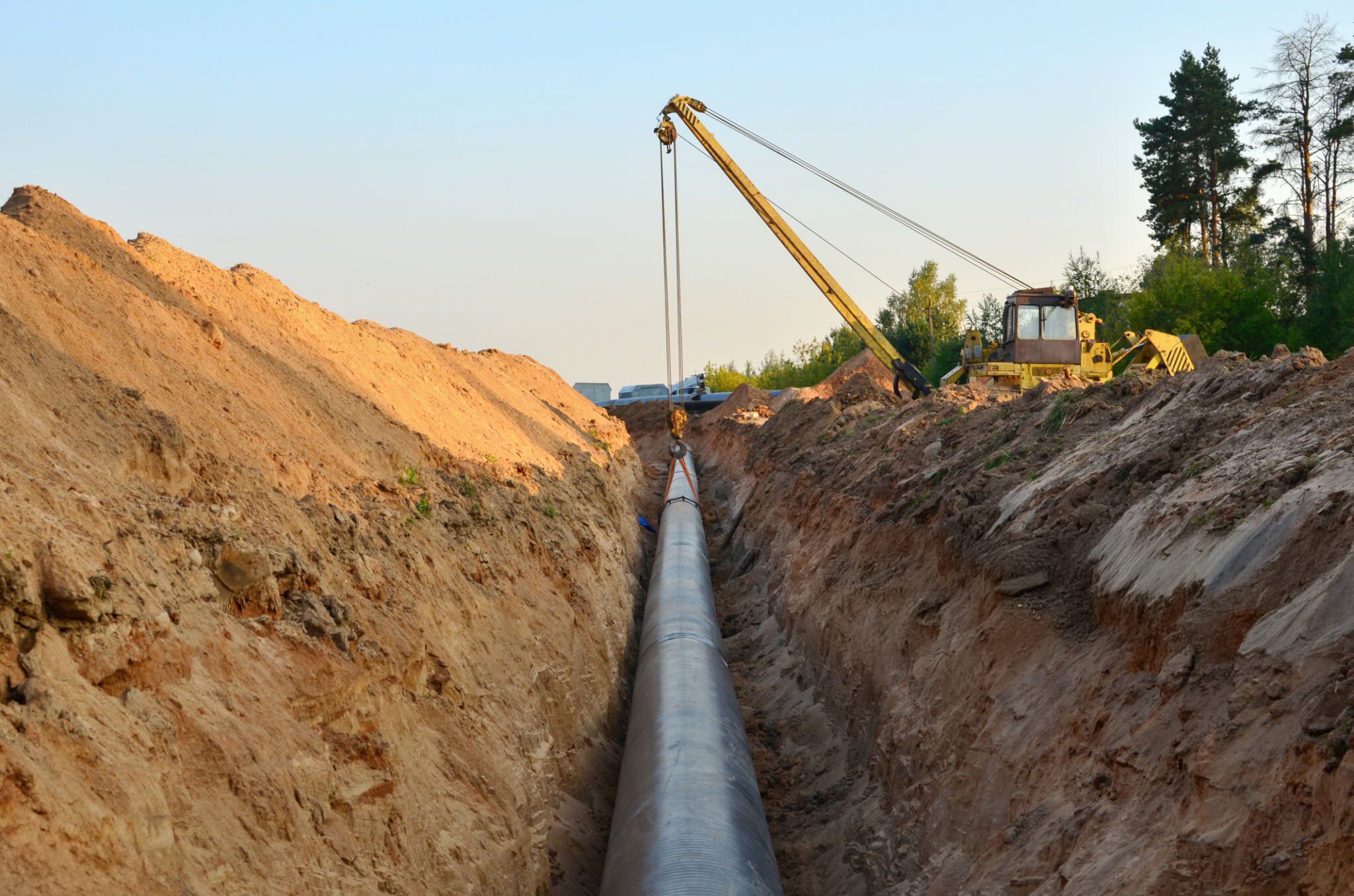
Enhancing Pipeline Integrity: HVAC/DC Interference Studies and Electromagnetic Fields (EMF) Analysis
January 15, 2025
The increasing presence of HVAC/DC transmission lines in modern power infrastructure has raised concerns about their impact on pipeline integrity. These systems, often co-located within shared corridors, generate electromagnetic fields (EMF) that introduce significant risks such as accelerated corrosion, equipment failures and safety hazards. Addressing HVAC/DC interference is now essential for ensuring long-term pipeline reliability and personnel safety.

The Importance of Effective Construction Management in Data Centers
January 7, 2025
In today’s digital age, data centers form the backbone of cloud computing, artificial intelligence and the vast array of digital services we rely on daily. As the demand for data centers rises, companies are racing to expand these facilities.

Understanding Engineering Critical Assessment: A Guide to Pipeline Integrity
October 4, 2024
Ensuring pipeline integrity in industries such as oil, gas and water transport is essential. One key tool used to assess and maintain the health of pipelines is the Engineering Critical Assessment (ECA).
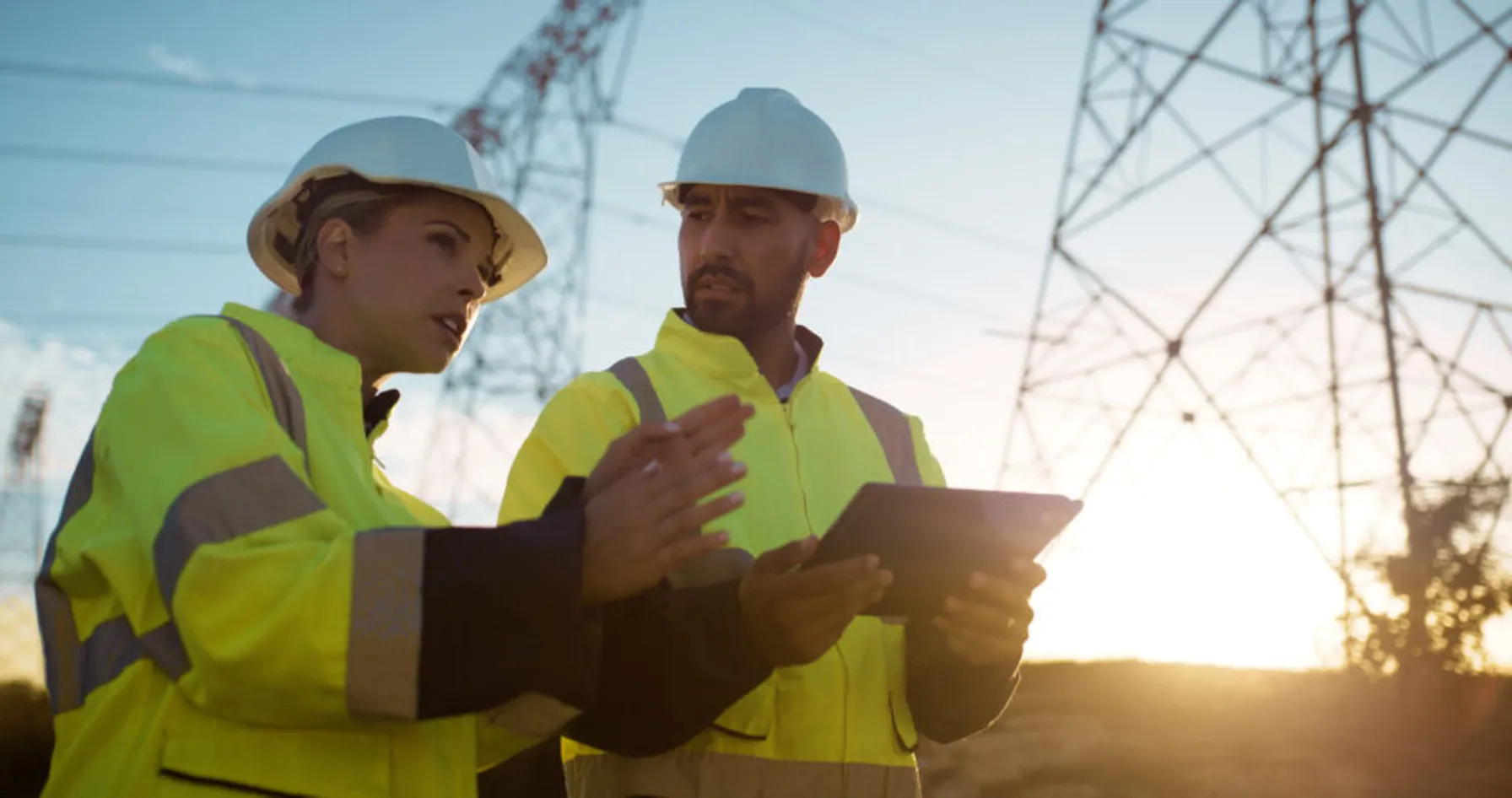
Planning for Construction Project Success: Common Challenges and How to Overcome Them
September 19, 2024
Construction project planning and scheduling are critical but complex processes that can lead to delays, cost overruns and quality issues. Success requires proper stakeholder communication, resource management, safety prioritization, regulatory compliance and innovative tools and techniques throughout the project’s life, from start to completion.
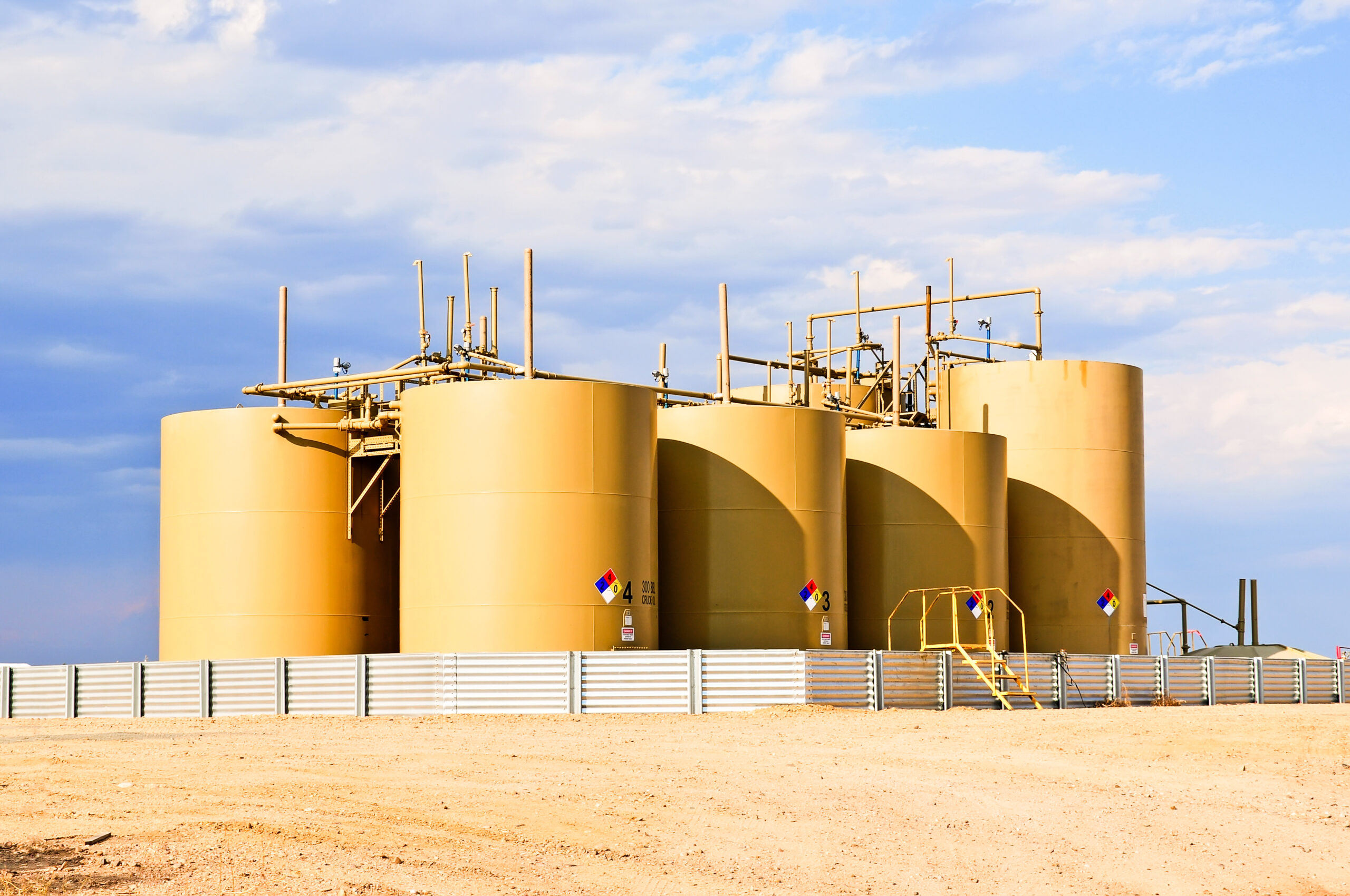
EPA Issues Regulations for Oil and Natural Gas Sector Tank Emissions
April 30, 2024
Storage Vessel or Tank Battery Operators Must Reduce Emissions by 95%.

PHMSA Gas Transmission RIN2 Rule Now Effective
July 24, 2023
TRC summarizes the revised or added sections of RIN2.
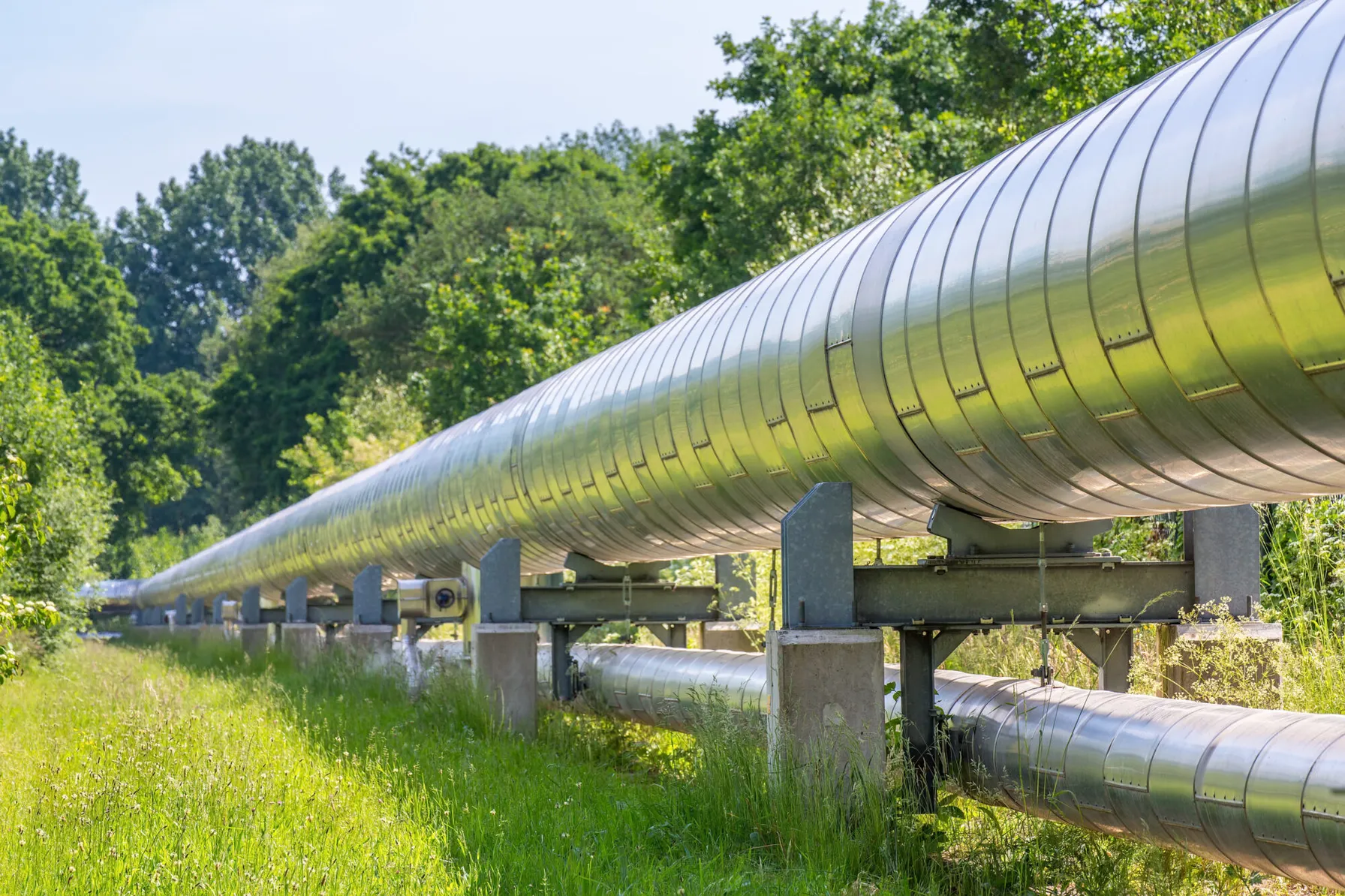
PHMSA Releases Proposed Rulemaking for Pipeline Safety and Gas Pipeline Leak Detection and Repair
June 15, 2023
TRC explains the Proposed Rulemaking for Pipeline Safety and Gas Pipeline Leak Detection and Repair

PHMSA Issues Gas Gathering Final Rule Summary & Requirements
November 30, 2021
PHMSA announced that they issued a final rule that significantly expands Federal pipeline safety oversight to all onshore gas gathering pipelines.
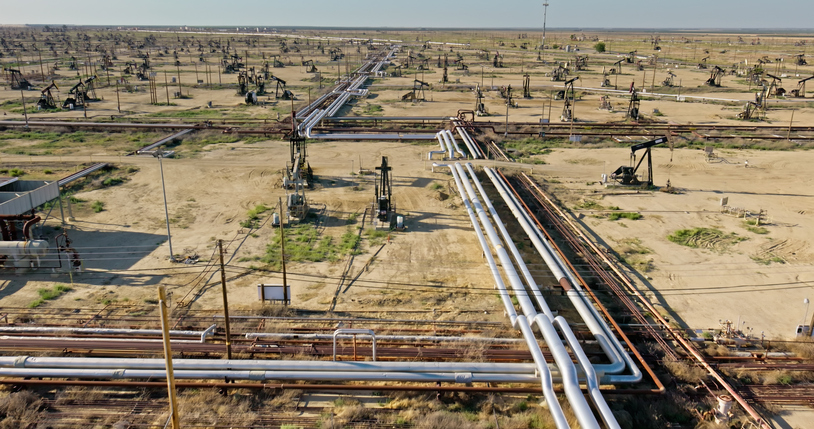
PHMSA Protecting our Infrastructure of Pipelines and Enhancing Safety (PIPES) Act of 2020
June 11, 2021
PHMSA announced it has submitted an advisory bulletin underscoring to pipeline and pipeline facility operators requirements to minimize methane emissions.
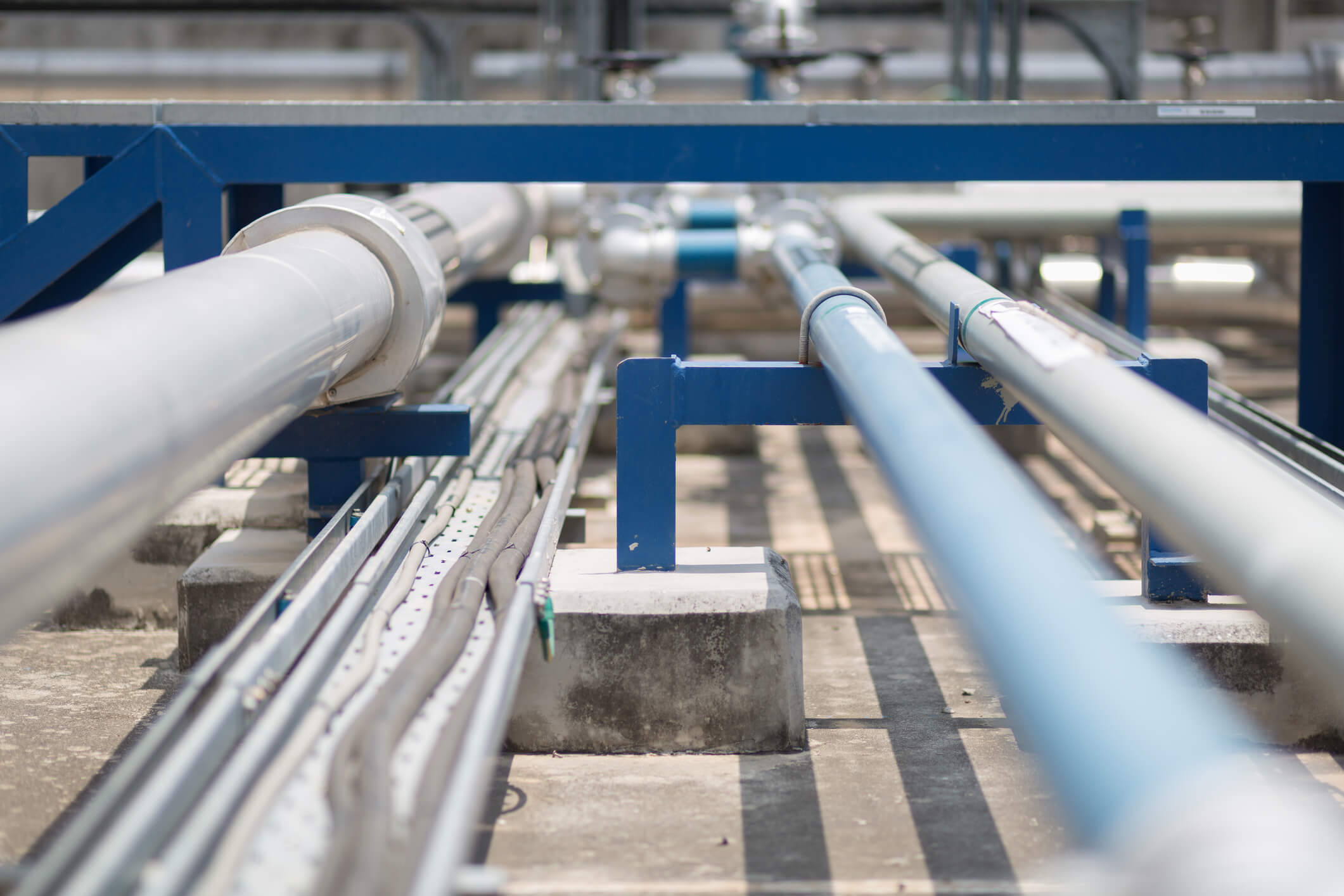
DHS Announces New Cybersecurity Requirements for Critical Pipeline Owners and Operators
June 3, 2021
The Security Directive will require critical pipeline owners and operators to report confirmed and potential cybersecurity incidents.
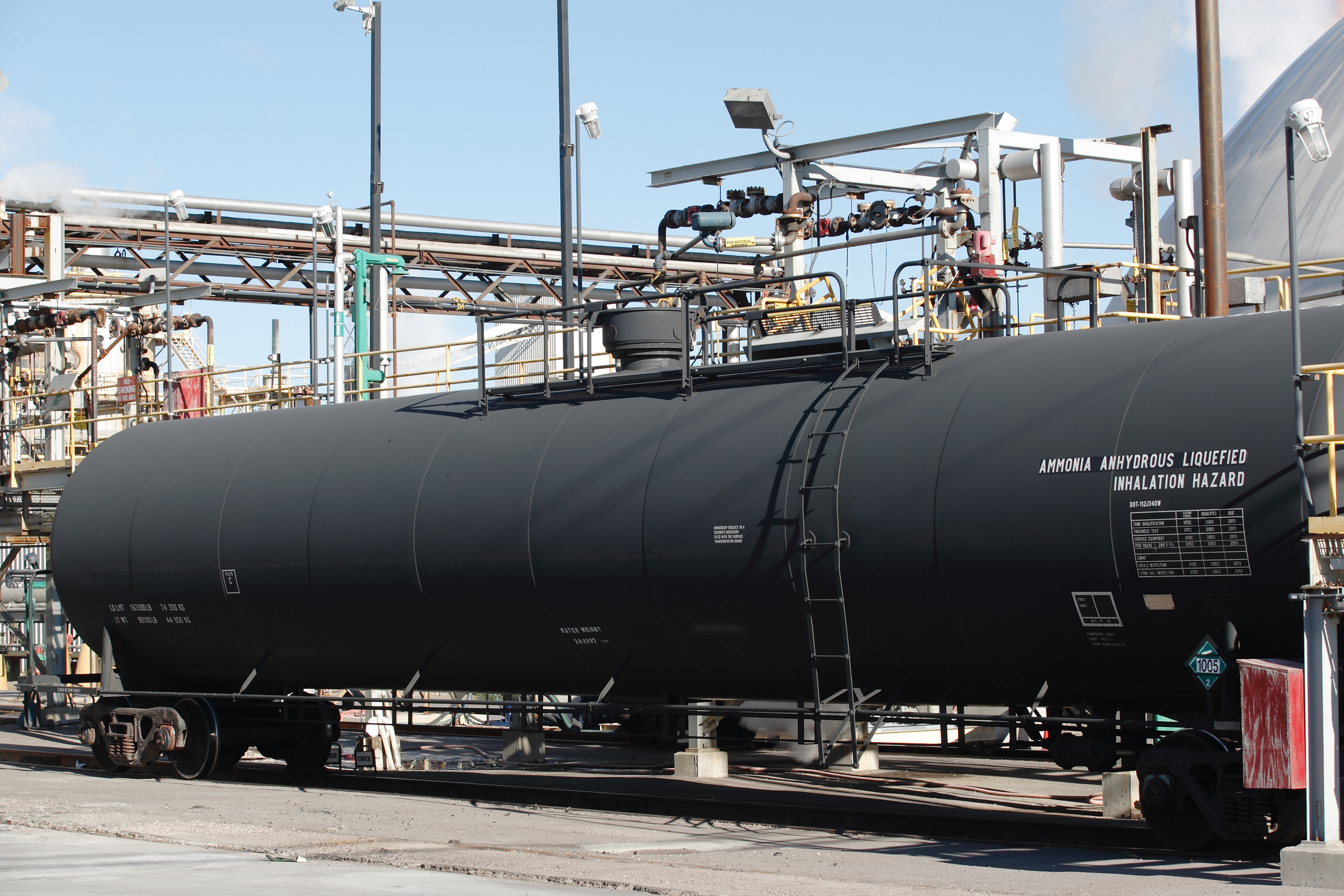
Environmental Compliance Key for Transloading Success
February 24, 2021
Transloading projects that support the transfer of oil from truck to rail and vice versa are an increasing growth opportunity for the rail industry. However, since transfer requires the handling of the goods, transloading can be expensive, and the risk of damage and spills is high.
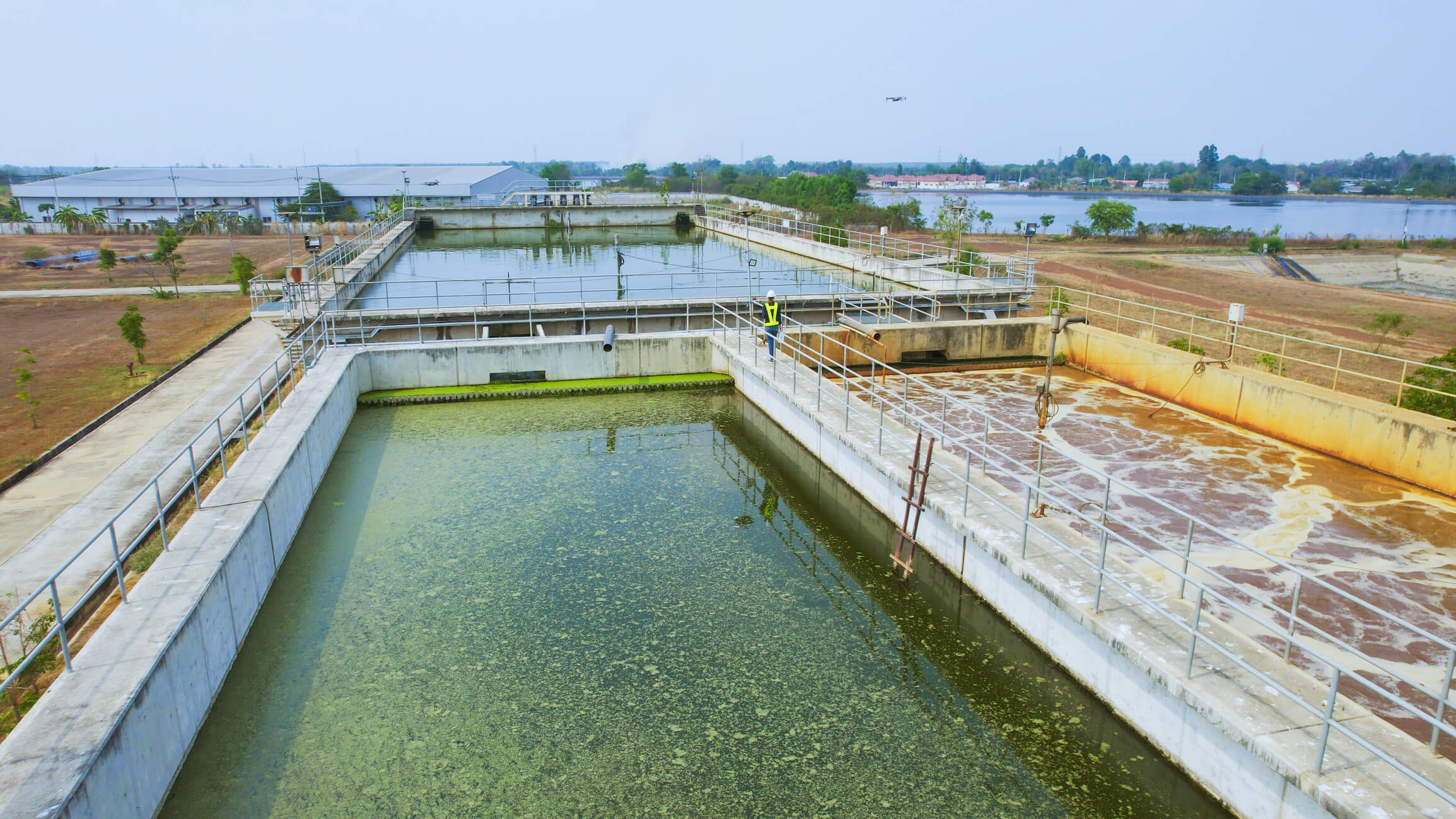
TCEQ to Assume Oil and Gas Wastewater Permitting from RRC
January 11, 2021
Historically, the Railroad Commission of Texas has been responsible for wastewater permitting of upstream oil and gas facilities under a Memorandum of Understanding with the Texas Commission on Environmental Quality.

Integrity Dig Integrated Services
August 4, 2020
Our Integrity Engineers, Surveyors, Right-of-Way Experts and Environmental Scientists are well-versed in all phases of integrity dig programs from preparing the pipeline for a tool run, interpreting results, verifying proper repair procedures and obtaining federal and state environmental approvals. Our team includes former pipeline operators, survey experts, PHMSA and environmental regulators and trainers. We developed the current ILI training curriculum for PHMSA’s training program.
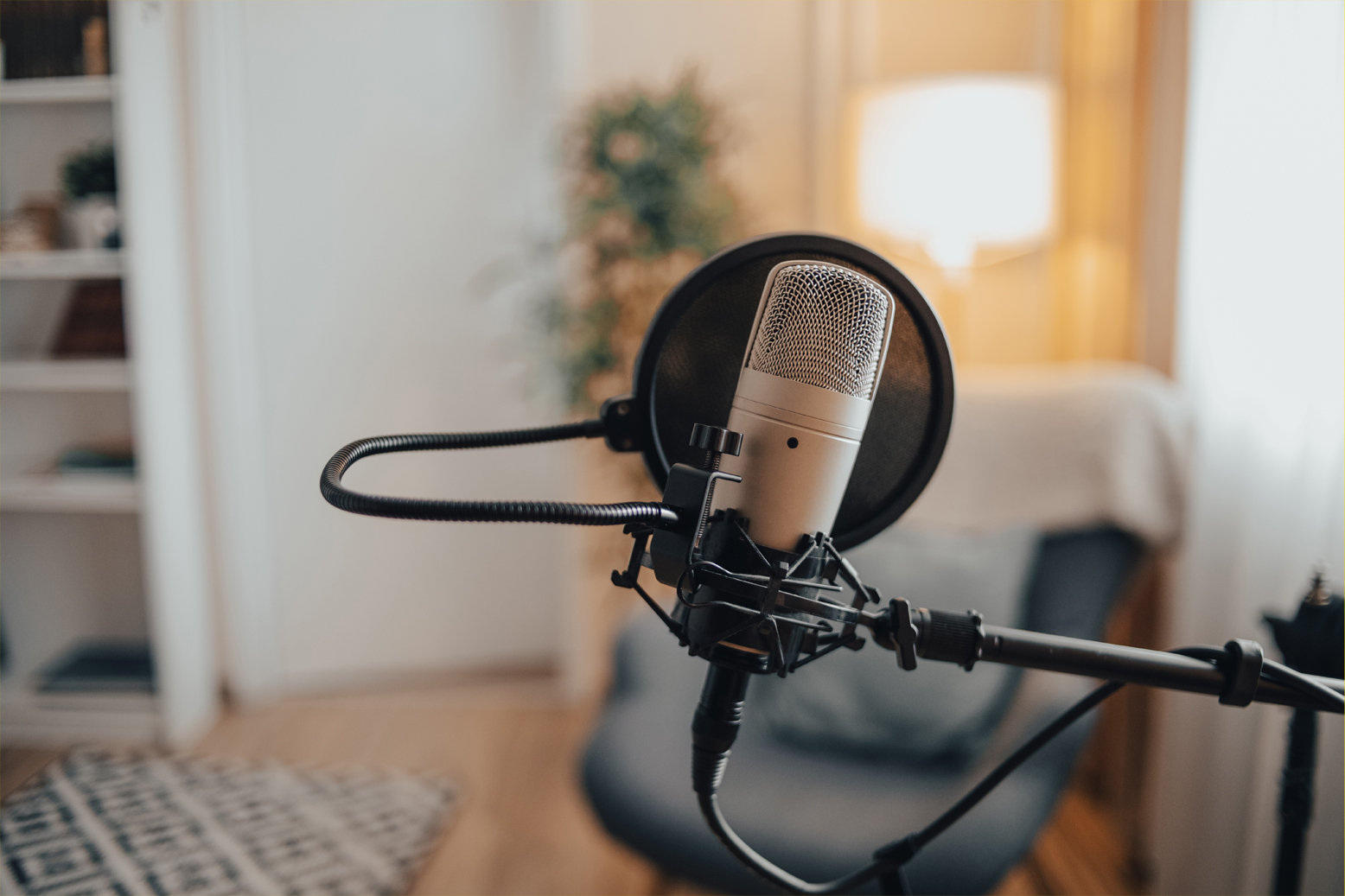
INGAA Foundation Interview with Lauren O’Donnell
June 22, 2020
TRC’s own Lauren O’Donnell is currently the elected Chair of the INGAA Foundation. The Foundation’s primary activity is to sponsor research aimed at promoting natural gas use and safe, efficient pipeline construction and operation.
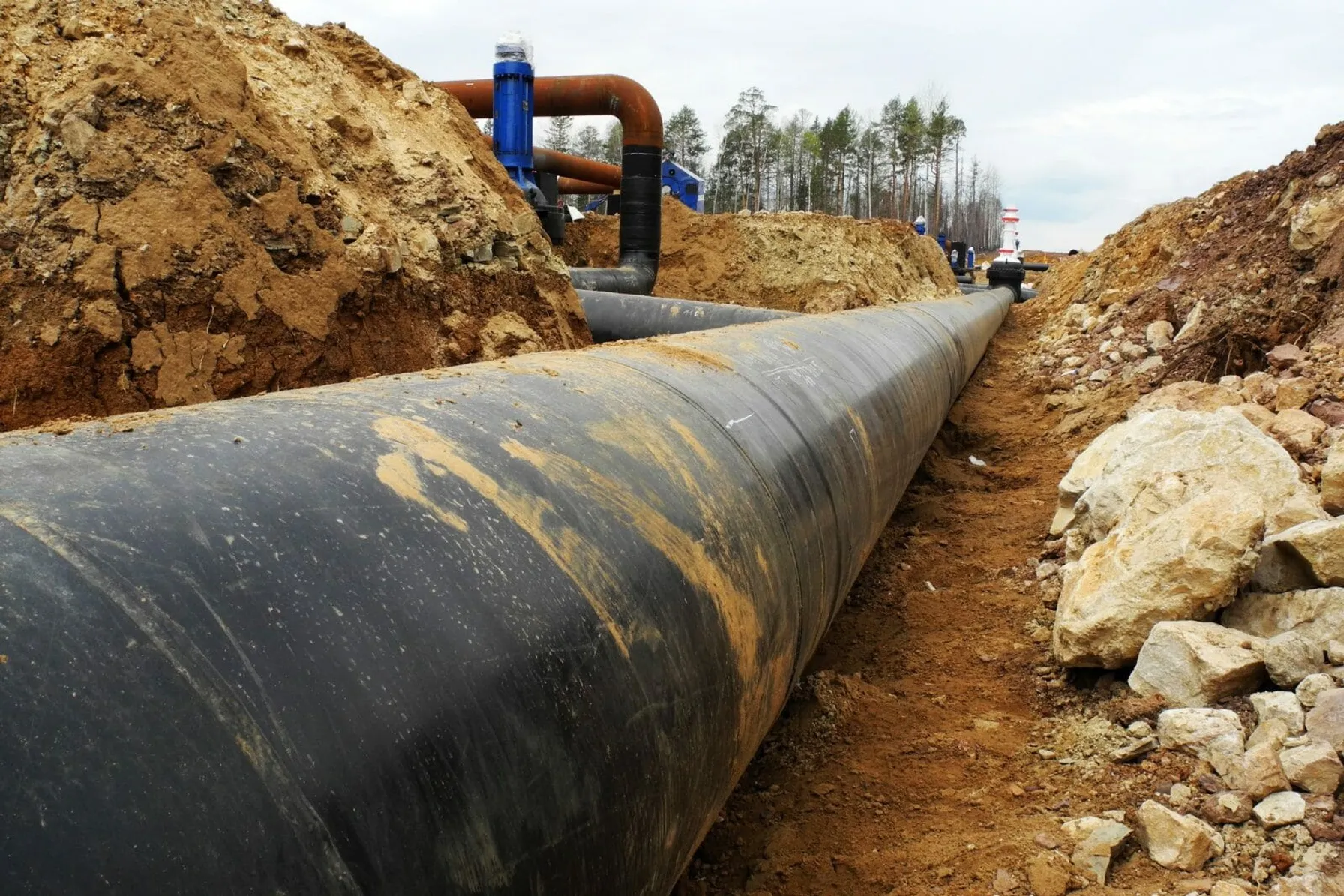
Targeting Perfection in the Construction and Operation of Pipelines
October 18, 2019
To have an impact on the delivery or operation of a pipeline, it’s vital to eliminate the intra- and inter-company barriers, including those in the areas of communications, culture and technology.
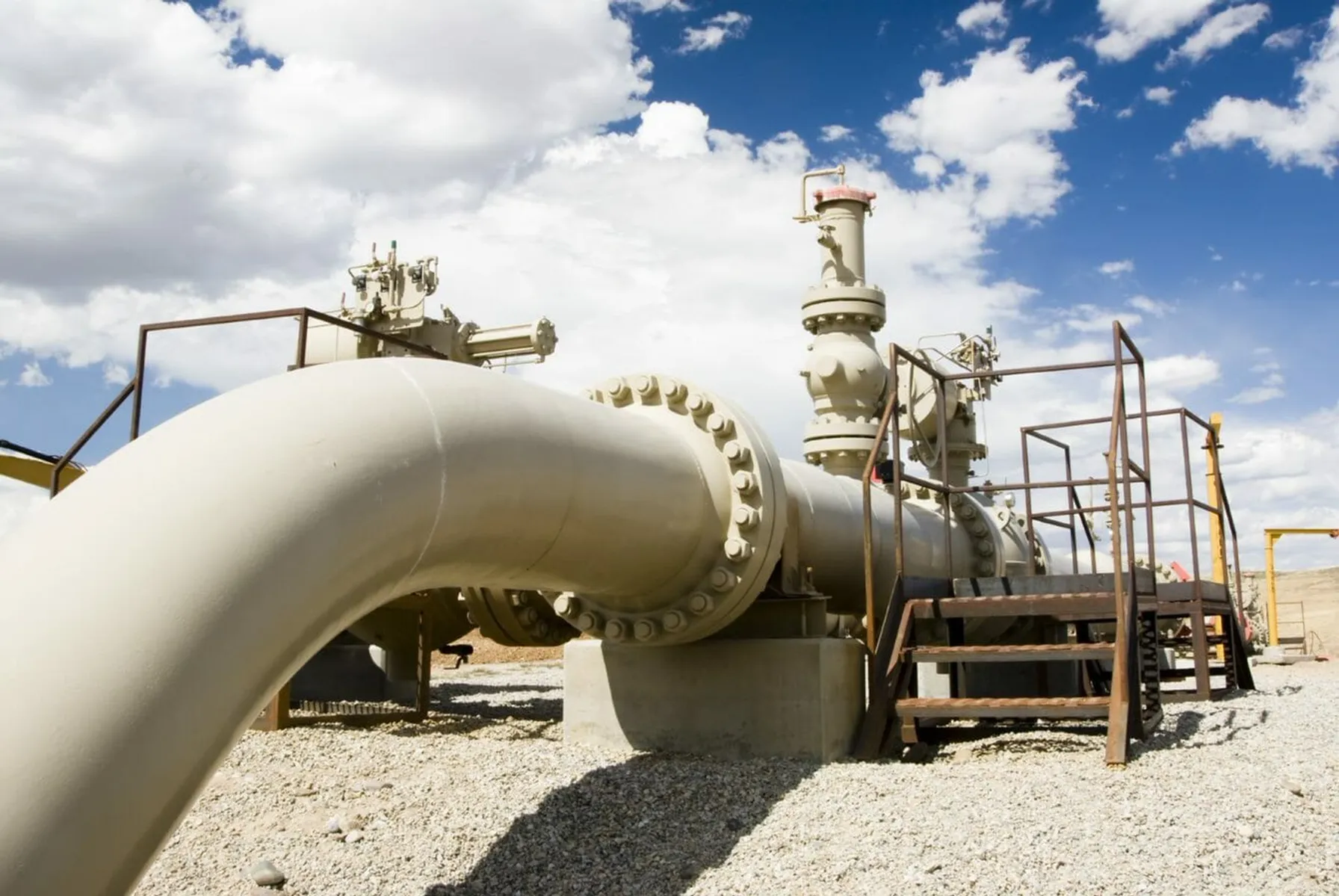
PHMSA Publishes New Rules to Increase the Safety of Hazardous Liquid Pipelines and Gas Transmission Pipelines
September 25, 2019
The Pipeline and Hazardous Materials Safety Administration this week published important new rules aimed at improving pipeline safety.

PHMSA Gas Transmission RIN2 Rule Now Effective
July 24, 2023
TRC summarizes the revised or added sections of RIN2.

PHMSA Releases Proposed Rulemaking for Pipeline Safety and Gas Pipeline Leak Detection and Repair
June 15, 2023
TRC explains the Proposed Rulemaking for Pipeline Safety and Gas Pipeline Leak Detection and Repair

PHMSA Issues Gas Gathering Final Rule Summary & Requirements
November 30, 2021
PHMSA announced that they issued a final rule that significantly expands Federal pipeline safety oversight to all onshore gas gathering pipelines.

Managing EHS & ESG Risks Through Integrated Systems Today and Beyond
July 22, 2021
It has been more than 50 years since the development and establishment of the federal Environmental Protection Agency (EPA) and the federal Occupational Safety & Health Administration (OSHA) which were formed to protect our environment and workplaces across the United States. Significant laws, policies and regulations followed to establish the “regulatory programs” that all applicable businesses and entities must address and meet to ensure these compliance-driven legislative programs would create a foundation to protect our society.

PHMSA Protecting our Infrastructure of Pipelines and Enhancing Safety (PIPES) Act of 2020
June 11, 2021
PHMSA announced it has submitted an advisory bulletin underscoring to pipeline and pipeline facility operators requirements to minimize methane emissions.

Targeting Perfection in the Construction and Operation of Pipelines
October 18, 2019
To have an impact on the delivery or operation of a pipeline, it’s vital to eliminate the intra- and inter-company barriers, including those in the areas of communications, culture and technology.

PHMSA Publishes New Rules to Increase the Safety of Hazardous Liquid Pipelines and Gas Transmission Pipelines
September 25, 2019
The Pipeline and Hazardous Materials Safety Administration this week published important new rules aimed at improving pipeline safety.

